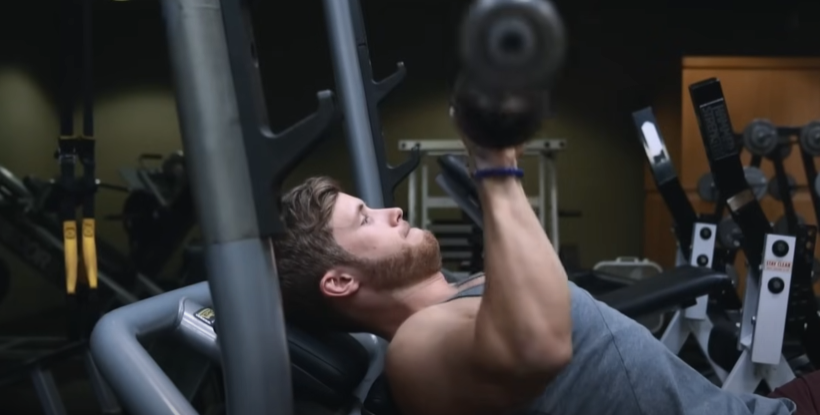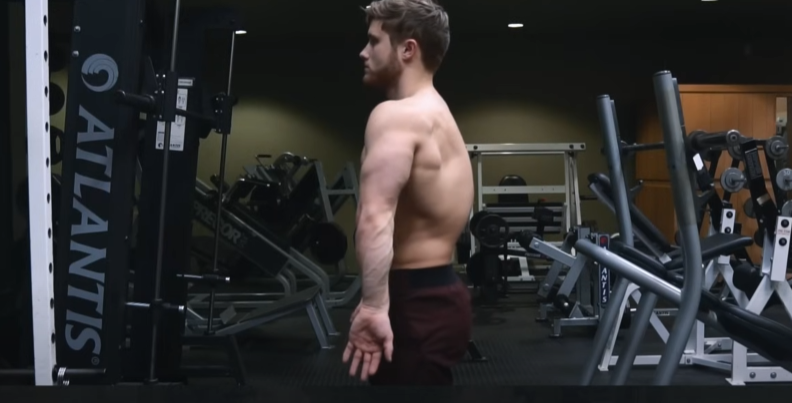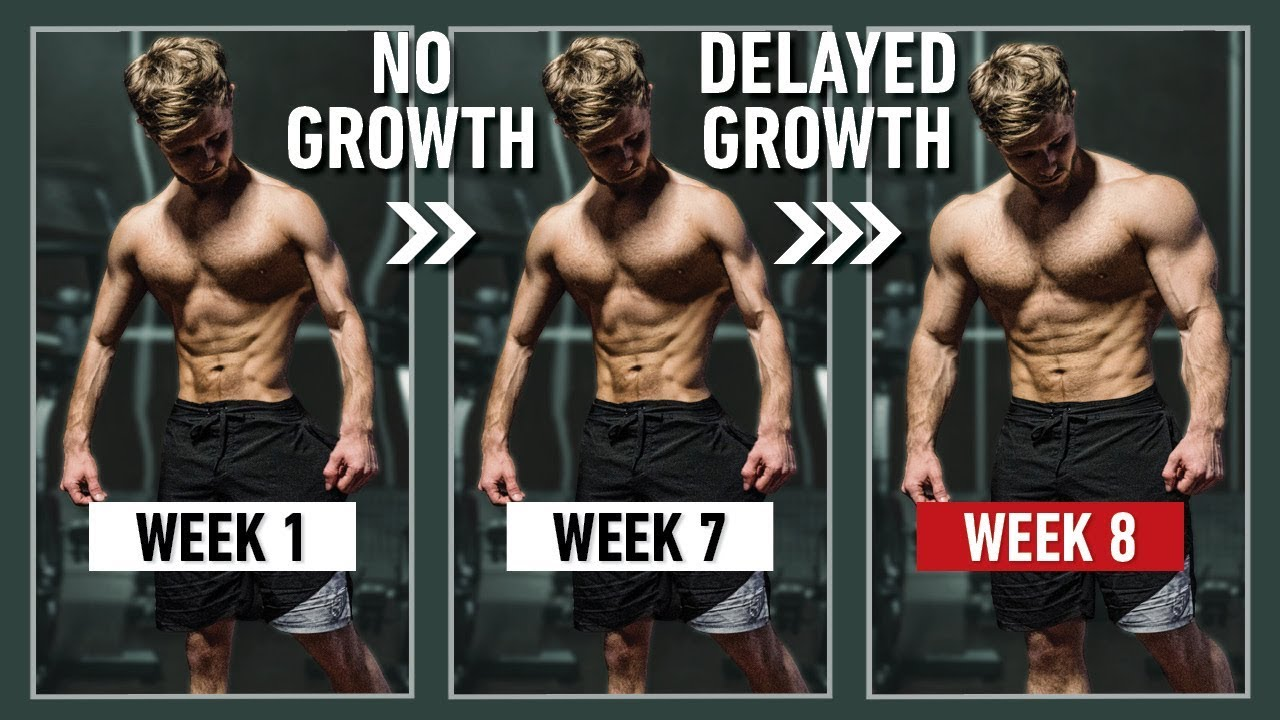A well-developed chest is a hallmark of an impressive physique, and while heavy compound lifts like the bench press remain the foundation of chest training, targeted isolation work can help fix weak points and bring out full muscular definition. If you’ve been struggling with an underdeveloped upper chest or you simply want to increase chest volume without overloading your triceps and shoulders, chest isolation exercises are your best tool.
This article breaks down how and why to incorporate fly variations, optimal execution for maximal pec activation, and advanced techniques to push your chest development to the next level.

Why Chest Isolation Matters
If your goal is overall chest mass, you can’t beat progressive overload on the bench press. Dips and other compound pushing movements are also excellent for building strength and size. However, isolation work becomes crucial in certain cases:
- Bringing up lagging chest areas (e.g., underdeveloped upper pecs).
- Adding volume with minimal fatigue, allowing recovery for pressing days.
- Improving the mind-muscle connection, ensuring the pecs—not the triceps or shoulders—do the majority of the work.
Unlike presses, which involve elbow flexion and extension under heavy load, fly movements keep a constant elbow angle, taking the triceps largely out of the equation. This shifts almost all the tension to the chest, making them ideal for targeted hypertrophy.
Understanding Chest Anatomy and Movement Patterns
The pectoralis major has two primary regions:
- Clavicular head (upper chest): Assists in shoulder flexion, which is why incline presses and upward fly movements emphasize this portion.
- Sternal head (middle and lower chest): Dominates in horizontal adduction, which is the main action during standard chest pressing and fly exercises.
Additionally, the pecs assist in shoulder internal rotation—a function often overlooked in chest training. Incorporating subtle internal rotation during flyes can enhance pec contraction and muscular engagement.

The Best Chest Isolation Exercise: Why Cable Flyes Win
While dumbbell flyes and pec-deck machines have their place, cable flyes provide the most consistent resistance and allow for greater freedom of movement:
- Dumbbell Flyes: Provide maximum tension at the stretched position but almost no resistance at the peak contraction because gravity acts directly downward.
- Pec-Deck: Offers a more even resistance curve but locks your shoulders into a fixed path, reducing the ability to rotate and adjust angles.
- Cable Flyes: Allow you to manipulate shoulder position, apply constant tension throughout the entire range of motion, and target different portions of the chest by adjusting cable height.
If you had to pick just one isolation movement for chest development, cable flyes would be the top choice.
How to Perform Cable Flyes for Maximum Chest Activation
1. Set Up Correctly
- Cable Height:
- Low Pulley (15–30° angle): Emphasizes the upper pecs.
- Mid Pulley (chest height): Targets the middle portion.
- High Pulley (overhead): Focuses on the lower chest.
- Stance: Take one or two steps forward into a stable, staggered stance to prevent balance issues.
- Shoulder Position: Keep your shoulder blades retracted and depressed, just like in a bench press. This places the chest in a mechanically strong and safe position while preventing shoulder strain.
2. Execution Technique
- Start Position: Hold the handles with a slight bend in your elbows and rotate your shoulders outward (external rotation) to fully stretch the pecs.
- Concentric (positive) Phase:
- Bring your arms together in a hugging motion, imagining you’re pulling your elbows toward each other, not your hands.
- As your arms move inward, gradually rotate them inward (internal rotation) until your thumbs face each other at the peak contraction.
- Eccentric (negative) Phase: Slowly return to the starting position while allowing your pecs to stretch, maintaining control and external rotation.
3. Reps and Load
Cable flyes are not a heavy power exercise. Use lighter weights in the 12–20 rep range, focusing on feeling the chest work rather than moving maximal loads. Quality of contraction beats ego lifting every time when it comes to isolation.
Advanced Techniques for Greater Chest Development
A. Multiple Angle Training
Rotate through different cable heights in the same session:
- High-to-Low (lower chest): 12–15 reps
- Mid-Level (middle chest): 12–15 reps
- Low-to-High (upper chest): 12–15 reps
This ensures all portions of the chest are thoroughly stimulated.
B. Cable Fly 21s
Inspired by biceps 21s, this variation maximizes metabolic stress and pump:
- 7 reps in the stretched bottom range
- 7 reps in the contracted top range
- 7 full-range reps to finish
This method is best performed at the end of a chest session to push the pecs to failure without compromising pressing performance.
C. Time-Under-Tension Emphasis
For even more growth stimulus, slow down the negative portion of the lift. Try a 3–4 second eccentric phase while maintaining constant tension.
Common Mistakes to Avoid
1. Using Too Much Weight
Going too heavy forces your shoulders and triceps to take over, defeating the purpose of isolating the chest.
2. Not Maintaining Scapular Stability
Letting your shoulder blades roll forward reduces pec activation and increases the risk of shoulder discomfort. Always keep your upper back tight.
3. Changing Elbow Angle
The elbow angle should remain fixed throughout the movement. Extending or flexing the elbows turns the fly into more of a press, reducing isolation.
When to Use Chest Flyes in Your Program
Chest isolation movements work best after your main pressing exercises. Here’s why:
- Compound lifts like bench presses and dips provide the greatest mechanical tension and overall muscle recruitment.
- Fly variations are ideal as finishers to exhaust the pecs with minimal joint stress.
For most lifters, 2–4 sets of flyes at the end of a chest or push workout is enough to stimulate growth without overtraining.

Final Thoughts
Chest flyes, particularly cable flyes, are one of the best tools to shape and refine your pecs. By adjusting the cable angle, emphasizing slow eccentrics, and incorporating techniques like 21s, you can bring up lagging areas and improve overall chest symmetry.
If your chest development has plateaued despite consistent bench pressing, adding focused isolation work could be the missing piece.



